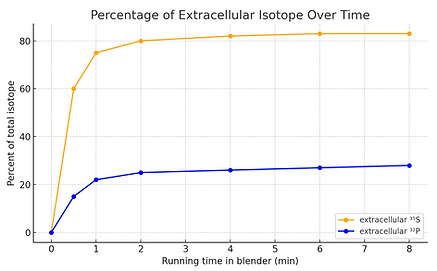Theme A Practice Questions
SL Marks: /10
HL Marks: /20
(Updated Monthly)
11. The graph below shows the results of the Hershey and Chase experiment, which of the following is the most reasonable conclusion based on the data?
A. Only DNA enters the host cell, indicating it is the genetic material.
B. Viral proteins enter the host and carry genetic information.
C. Both DNA and protein enter the host cell equally during infection.
D. Neither DNA nor protein enters the host; both remain extracellular.
A

Higher Level
Higher Level
Higher Level
Higher Level
Higher Level
Higher Level
Higher Level
18. The cladogram shows evolutionary relationships among extinct members of the Elephant family. Which of the statements is correct?
A. Palaeoloxodon is more closely related to Elephas maximus than to Loxodonta cyclotis.
B. Loxodonta africana and Loxodonta cyclotis share a more recent common ancestor with each
other than with Palaeoloxodon.
C. Mammuthus and Palaeoloxodon form a sister clade separate from Loxodonta.
D. Loxodonta africana is more closely related to Mammuthus than to Loxodonta cyclotis.

B
Higher Level
Higher Level
Higher Level

